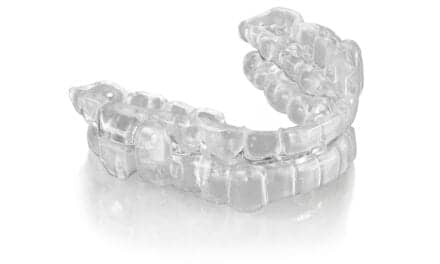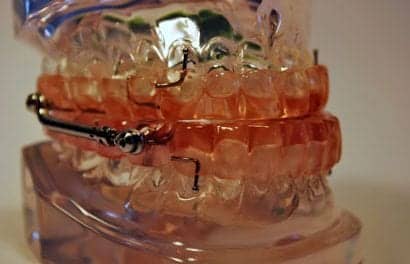ProSomnus Inc will present abstracts and presentations featuring new and additional data demonstrating the efficacy, effectiveness, and safety of its precision oral appliances for obstructive sleep apnea at upcoming medical conferences.
The data adds to the volume of independent evidence establishing precision oral devices as a leading treatment option for obstructive sleep apnea, according to a release from the company.
“ProSomnus proudly supports medical grade research that helps physicians select the optimal therapy for each and every patient with obstructive sleep apnea,” says Len Liptak, ProSomnus co-founder and CEO, in a release. “A growing number of physicians are interested in ProSomnus devices as an alternative to CPAP and hypoglossal nerve stimulation. ProSomnus devices have demonstrated efficacy, safety, adherence, and patient preference in several studies. The additional data reported at these upcoming conferences should further establish precision oral appliance therapy with ProSomnus devices as a consistent, reliable, treatment option.”
ProSomnus clinical data will be presented at the following medical conferences:
6th Two-Day iBEDSSMA Symposium on the Multidisciplinary Treatment of Sleep-Disordered Breathing, Sept 22-23, Knokke, Belgium
- Marijke Dieltjens, BMS, PhD, Antwerp University Hospital, will present the abstract: “Comparison of clinical effectiveness and patients’ preference for two non-invasive treatment options for patients diagnosed with moderate to severe obstructive sleep apnea: the FLOSAT study”
- Marc Braem, DDS, PhD, Multi-Center, will present the abstract: “Oral appliance treatment in the general hospital setting: effects on obstructive apnea-hypopnea index (oAHI) as measured using polygraphy, at multiple general hospitals”
International Surgical Sleep Society and American Academy of Otolaryngology 2023 Annual Meetings, Sept 29 – Oct 4, Nashville, Tenn
Edward Sall, MD, DDS, ProSomnus medical director, will present:
- Poster “Precision Oral Appliance Therapy: The Prime-Time Treatment for OSA”
- Poster “Precision Oral Appliance Therapy for the Treatment of Severe OSA”
- Poster “FDA Adverse Event Reports Vary Based on OAT Device Design”
- Poster “An FDA Maude Database Analysis of OSA Treatment Devices”
CHEST 2023 Annual Meeting (The American College of Chest Physicians), Oct 8-11, Honolulu, Hawaii
- Erin Mosca, PhD, ProSomnus director of scientific and medical affairs, will present the abstract “A comparison of frequency-and-risk-based indices in the assessment of precision oral appliance efficacy in treating obstructive sleep apnea.”
World Sleep 2023, Oct 20-25, Rio de Janeiro, Brazil
- Olivier Vanderveken, MD, PhD, Antwerp University Hospital, will present FLOSAT data during the Oct 21 lunch break (part of the Dental Sleep Medicine track).
FLOSAT is an ongoing prospective, independent, head-to-head, crossover study comparing the effectiveness of precision oral appliance therapy as first-line treatment versus CPAP therapy. ProSomnus EVO devices are being used exclusively for the precision oral appliance therapy arm of the study. A total of 136 patients with moderate and severe OSA were included in the study, with 102 of those patients moving into the analyzed population. The study concluded, among other findings, that precision oral appliance therapy was effective among 90% of moderate OSA patients and 85% of severe OSA patients.
“The findings from FLOSAT demonstrate that precision oral appliance therapy can be a highly effective therapy for moderate to severe OSA, while being much more comfortable and convenient for the patient,” says John Remmers, MD, ProSomnus chief scientist, in a release. “It is a known fact that many patients refuse the CPAP option, putting their health in serious jeopardy, and the ProSomnus device goes a long way to addressing this drawback. Based on both its efficacy and superior adherence, the data shows that precision oral therapy is suited to become a first-line therapy for the widespread health emergency that is obstructive sleep apnea.”





